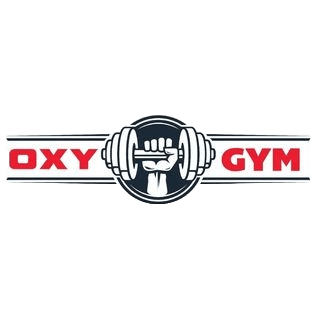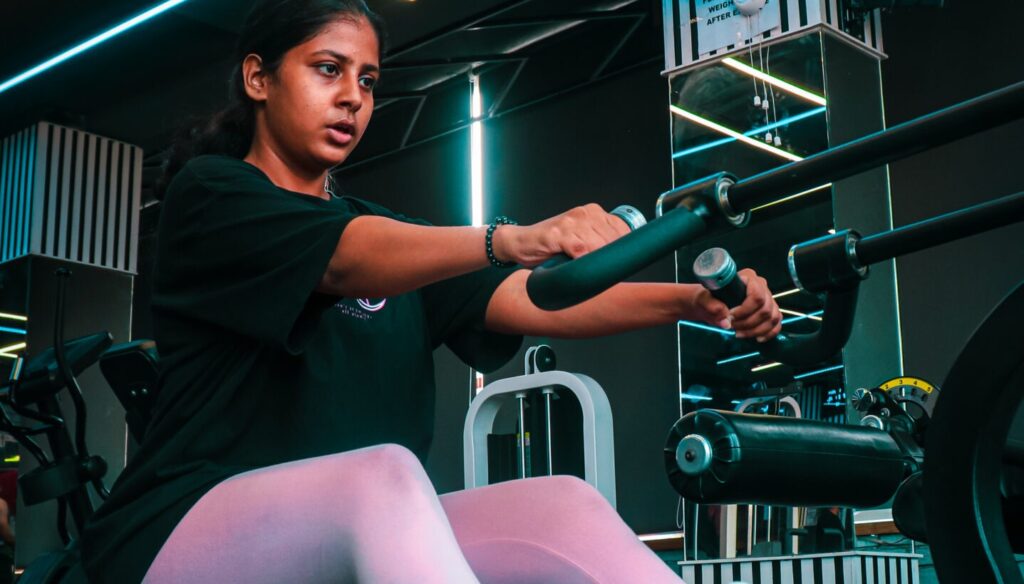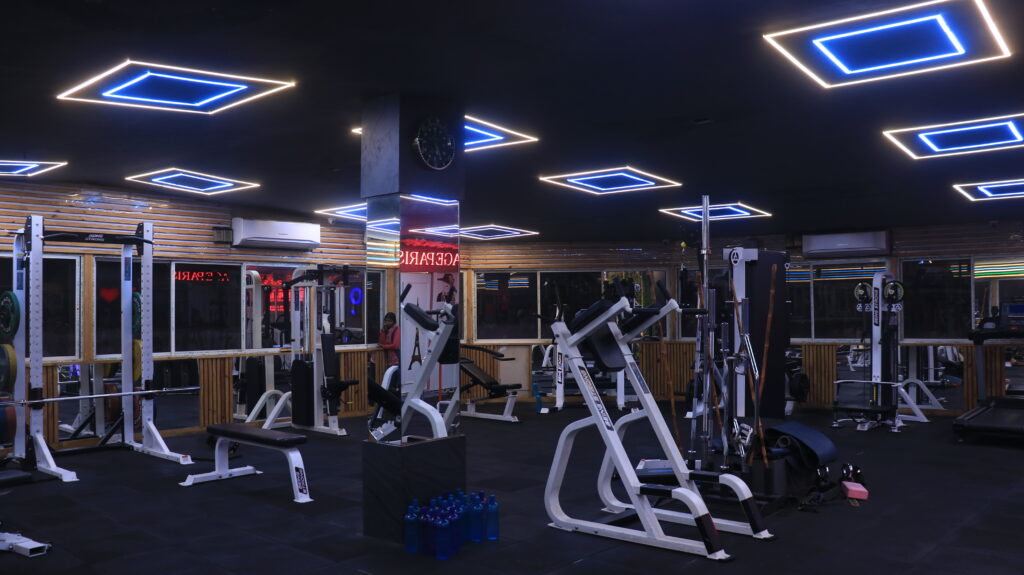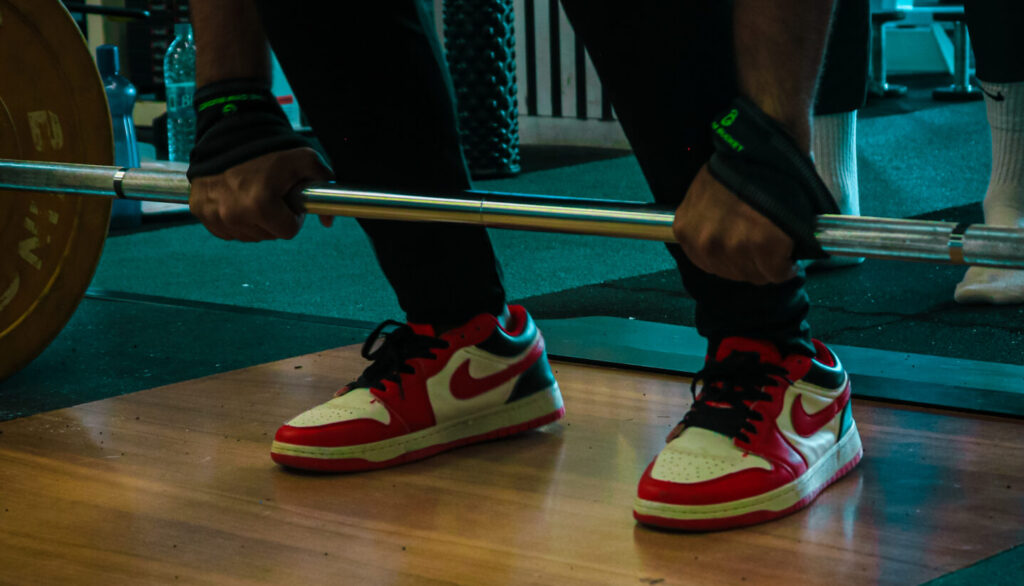Finding Your Perfect Fit: How Many Times Should You Train Per Week?
Words – 1134Reading Time – 4 minutes and 46 seconds Starting on a fitness journey can feel like navigating through a labyrinth of choices, a maze even! From choosing the right gym equipment to finding the best gyms in Kolkata, every decision plays a pivotal role in shaping your path to fitness success. One such decision that often leaves individuals scratching their heads is how many times per week they should train. With options ranging from a three-day workout split to a six-day marathon, finding the perfect balance can feel like searching for a needle in a haystack. Don’t worry! as we’re here to shed some light on this perplexing question and help you find your ideal training frequency. The Three-Day Workout Split: Let’s kick things off with the minimalist approach—a three-day workout split. This setup typically involves training three non-consecutive days per week, with each session targeting different muscle groups or movement patterns. While this may seem like a modest commitment, don’t underestimate its effectiveness. Pros: Ample Recovery Time: With four rest days between sessions, your body has plenty of time to recover and repair muscle tissue, reducing the risk of overtraining and burnout. Flexibility: A three-day split offers flexibility in scheduling, making it easier to fit workouts around a busy lifestyle without feeling overwhelmed. Efficiency: By focusing on compound exercises and full-body workouts, you can maximize efficiency and make the most of your time in the gym. Cons: Limited Frequency: Training only three days per week may not provide enough stimulus for advanced lifters or individuals with specific fitness goals, such as muscle growth or athletic performance. Slow Progress: While suitable for beginners or those easing back into fitness, a three-day split may lead to slower progress compared to more frequent training schedules. Plateau Risk: With fewer training sessions per week, there’s a risk of plateauing or reaching a fitness plateau, where progress stalls due to insufficient stimulus or adaptation. The Four-Day Workout Split: Next up, we have the classic four-day workout split—a popular choice among fitness enthusiasts looking to strike a balance between frequency and recovery. In a four-day split, you’ll typically alternate between upper body and lower body workouts, allowing for adequate rest and muscle recovery between sessions. Pros: Optimal Frequency: Training four days per week provides a balance between frequency and recovery, allowing for consistent progress without overtaxing the body. Targeted Approach: With dedicated upper and lower body workouts, you can focus on specific muscle groups or movement patterns, maximizing gains and addressing weaknesses. Versatility: A four-day split offers versatility in programming, allowing you to incorporate a variety of exercises, rep ranges, and training modalities to keep workouts fresh and engaging. Cons: Time Commitment: While less demanding than a five or six-day split, training four days per week still requires a significant time commitment, which may be challenging for individuals with busy schedules. Recovery Challenges: Intense workouts four days in a row can pose recovery challenges, especially for novice lifters or individuals with limited experience in strength training. Potential Overtraining: Without proper attention to recovery and rest, training four days per week may increase the risk of overtraining or injury, leading to setbacks in progress. The Five-Day Workout Split: Moving on to the five-day workout split—a favourite among seasoned gym-goers and fitness enthusiasts looking to ramp up their training volume. In a five-day split, you’ll typically divide your workouts by muscle groups or training modalities, allowing for targeted training and ample recovery between sessions. Pros: Increased Training Volume: With five workouts per week, you can increase training volume and frequency, stimulating muscle growth, strength gains, and performance improvements. Specialization: A five-day split allows for greater specialization and focus on specific muscle groups or fitness goals, such as hypertrophy, strength, or endurance. Progressive Overload: By progressively increasing the intensity, volume, or complexity of your workouts, you can implement the principle of progressive overload more effectively, driving continuous improvements in strength and fitness. Cons: Time Intensity: Training five days per week requires a significant time commitment and may be challenging to sustain long-term, especially for individuals with busy schedules or other commitments. Risk of Burnout: Intense training five days in a row can increase the risk of burnout, fatigue, and overtraining, especially if adequate rest and recovery are not prioritized. Recovery Management: Proper recovery management becomes paramount when following a five-day split, necessitating attention to nutrition, sleep, hydration, and stress management to support optimal performance and progress. The Six-Day Workout Split: Last but not least, we have the six-day workout split—a rigorous training regimen favoured by elite athletes, bodybuilders, and fitness enthusiasts seeking maximum gains and performance improvements. In a six-day split, you’ll typically target different muscle groups or training modalities each day, with one day dedicated to rest and recovery. Pros: High Training Frequency: Training six days per week maximizes training frequency and volume, providing ample stimulus for muscle growth, strength gains, and performance improvements. Detailed Programming: With six workouts per week, you can implement detailed programming strategies, including periodization, progressive overload, and exercise variation, to optimize results and prevent plateaus. Mental Focus: Following a six-day split requires a high level of commitment, discipline, and mental focus, which can translate to improved adherence, consistency, and motivation in your fitness journey. Cons: Physical Demands: Training six days per week places significant demands on the body, increasing the risk of overtraining, injury, and fatigue if not managed properly. Time Commitment: A six-day split requires a considerable time commitment and may be challenging to sustain long-term, especially for individuals with other responsibilities or commitments outside of the gym. Recovery Challenges: Proper recovery becomes paramount when following a six-day split, necessitating attention to nutrition, sleep, hydration, and stress management to support optimal performance and prevent burnout. Conclusion: Finding Your Perfect Fit So, how many times should you train per week? The answer ultimately depends on your individual goals, preferences, and lifestyle factors. Whether you opt for a minimalist three-day split or dive headfirst into a six-day marathon,
Finding Your Perfect Fit: How Many Times Should You Train Per Week? Read More »



